Deck & Commander Strategies
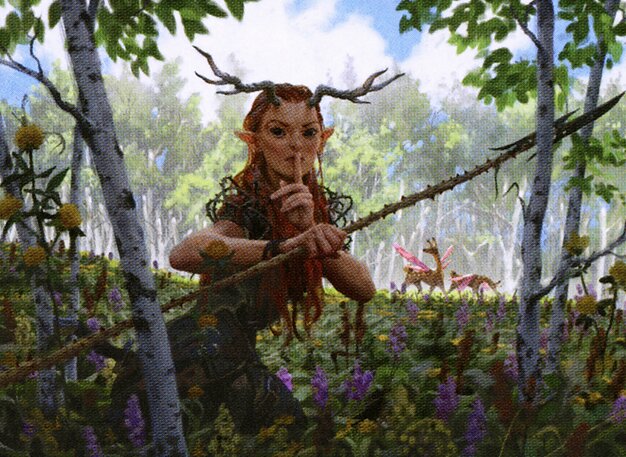

Miara, Thorn of the Glade & Numa, Joraga Chieftain
Build a wide elf tribal board, using Miara's ability to draw cards and keep the momentum, while Numa helps protect elves and acts as a mana sink to maintain pressure and resource efficiency.
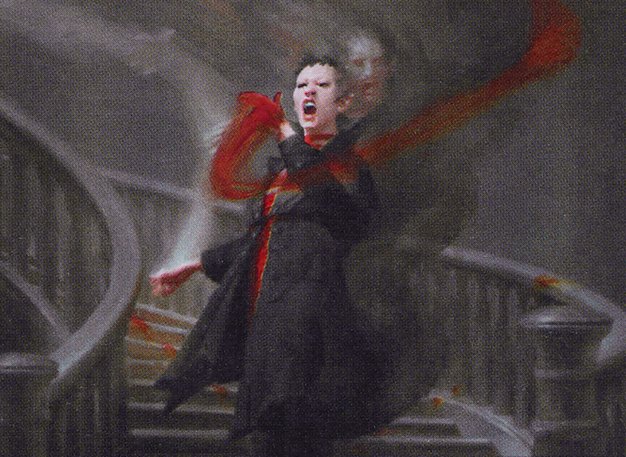
Anje Falkenrath
Utilize madness and graveyard interactions to cycle through the deck quickly, aiming to reanimate powerful creatures like Worldgorger Dragon or leverage damage combos to disrupt opponents and win.
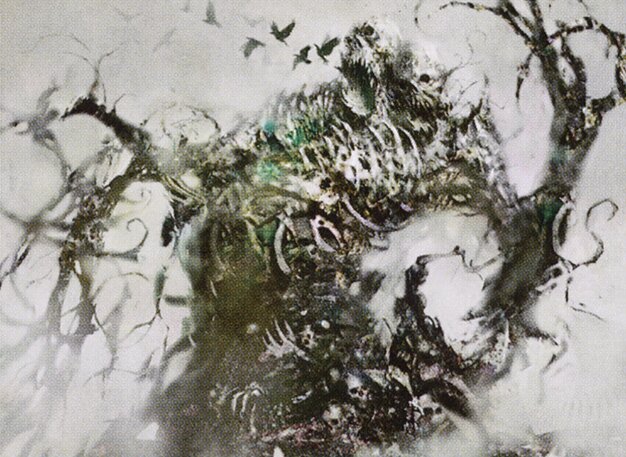
Skullbriar, the Walking Grave
Grow Skullbriar continuously with +1/+1 counters while attacking aggressively, supported by creatures that interact well with counters to maintain board presence and pressure.
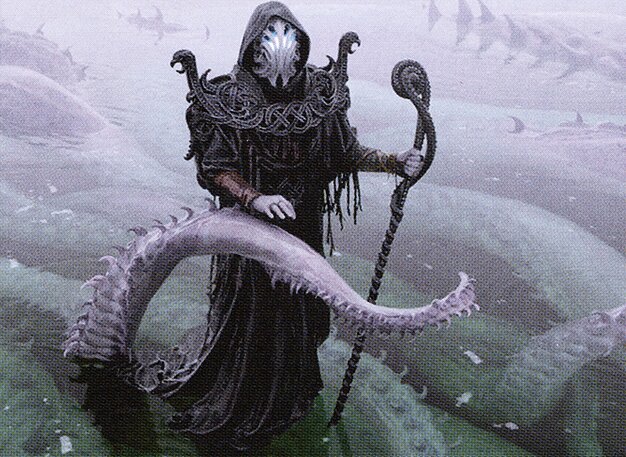
Orvar, the All-Form
Equip artifacts to Orvar and clone them repeatedly to create a voltron-style deck that generates incremental value and lethal combat damage through multiple equipped and copied artifacts.
Gameplay Insights
- 1
Orvar's player prioritized equipping and cloning powerful artifacts like Sword of Fire and Ice and Blood-Forged Battle Axe to maximize combat damage and card advantage.
- 2
Miara's player leveraged devotion and token generation combined with Numa's mana sink to maintain card flow and board presence despite pressure.
- 3
Skullbriar's aggressive combat and counter accumulation forced opponents to respond quickly or lose key creatures, highlighting the deck's relentless attack strategy.
- 4
Anje's madness-themed deck used discard outlets and recursive spells like Fierce Guardianship and Animate Dead to disrupt and attempt to combo out, though it faced heavy early combat damage.
- 5
Key combat phases where multiple players attacked each other's commanders and creatures shifted the game's momentum significantly, showcasing the importance of timing in damage and removal.
- 6
The interaction between card draw, disruption, and artifact synergies underscored a meta focused on red's aggressive and combo-oriented strategies.
Notable Cards
-
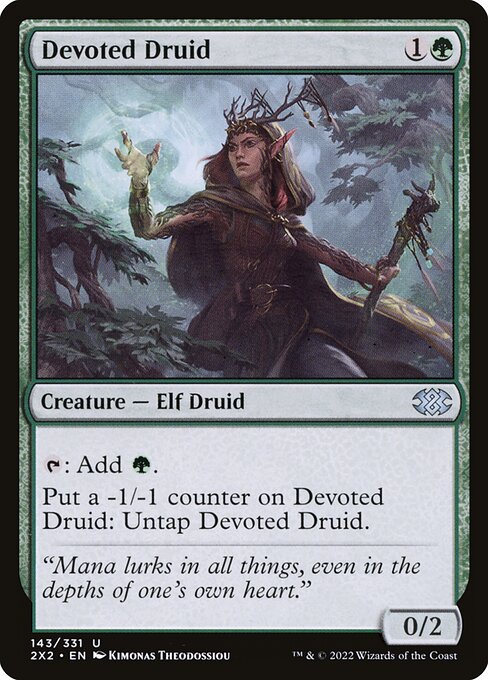
Devoted Druid
-
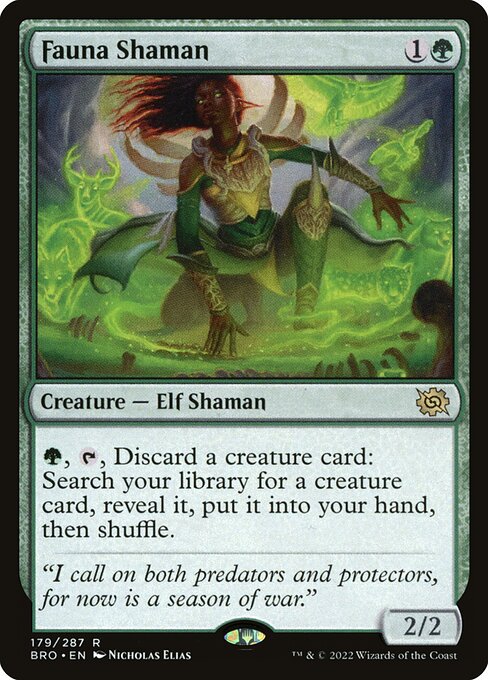
Fauna Shaman
-
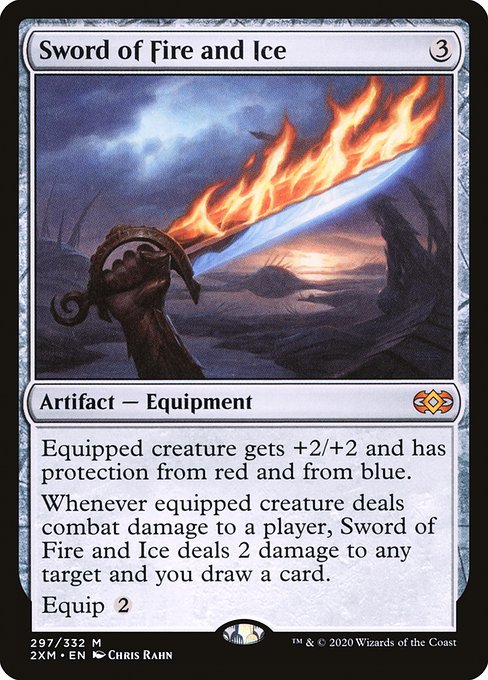
Sword of Fire and Ice
-
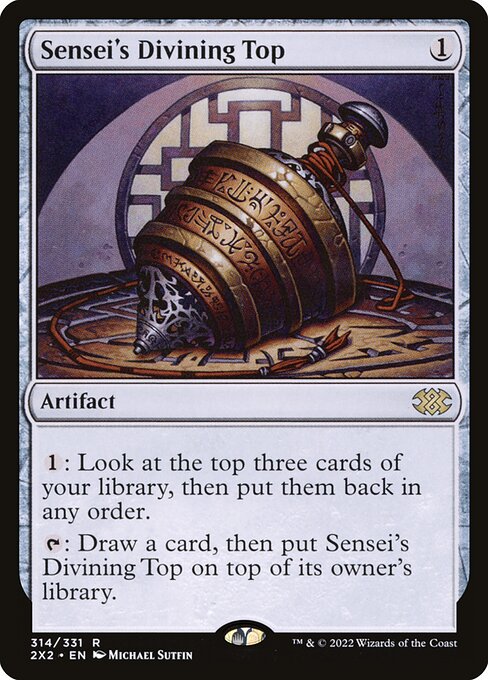
Sensei's Divining Top
-
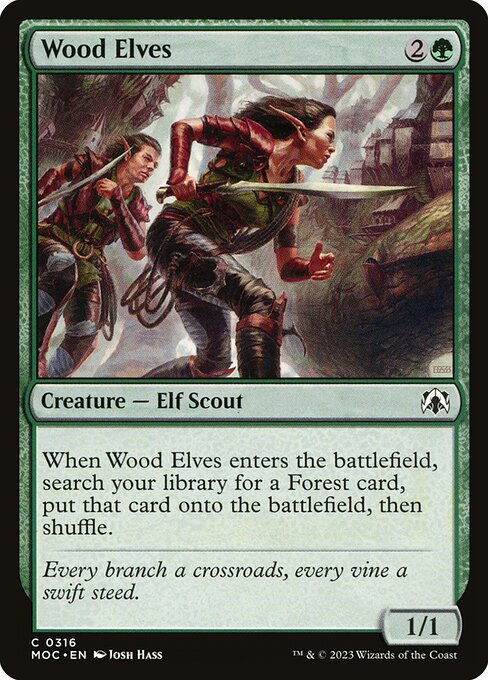
Wood Elves
-

Faithless Looting
-
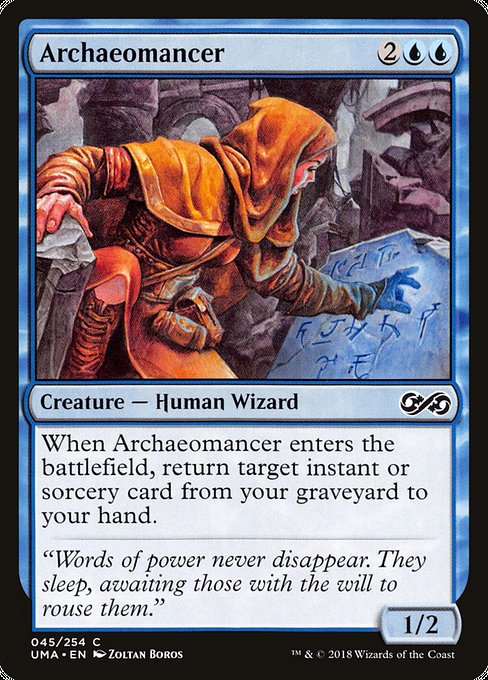
Archaeomancer
-
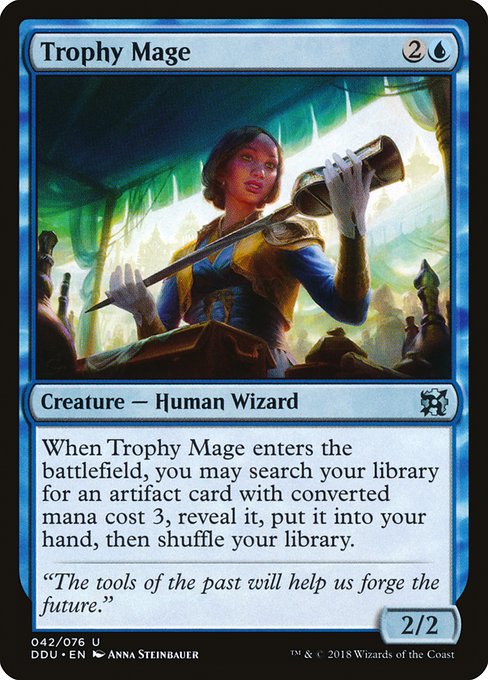
Trophy Mage
-
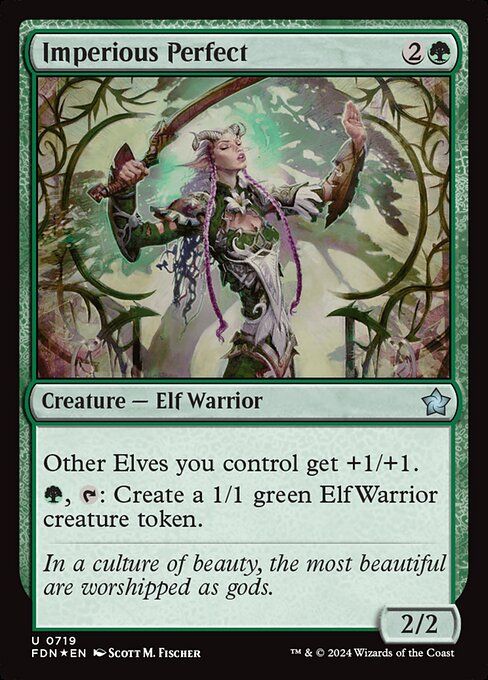
Imperious Perfect
-
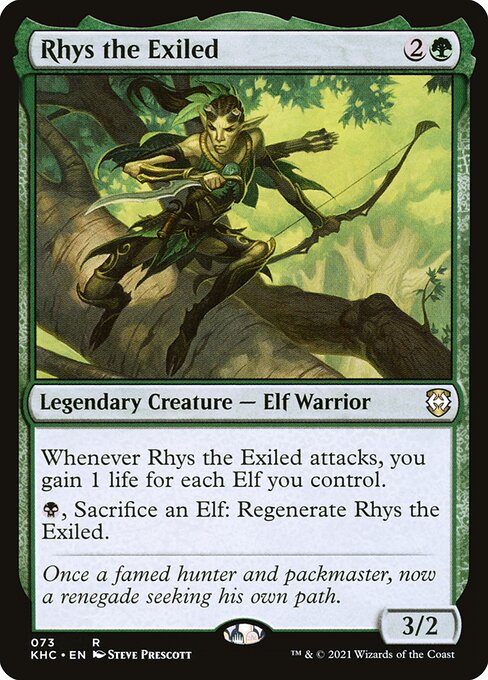
Rhys the Exiled
Gameplay Summary
The game started with each player developing their board state according to their deck's strategy.
Carlos, piloting Miara, Thorn of the Glade, and Numa, Joraga Chieftain, focused on building a wide elf tribal presence, using Miara's card draw ability and Numa's mana sink to maintain pressure and resources.
Bryce, with Anje Falkenrath, aimed to leverage madness cards and graveyard synergies, searching for key plays like Animate Dead or Worldgorger Dragon to disrupt the board or secure a lethal combo.
Dylan, on Skullbriar, the Walking Grave, concentrated on growing Skullbriar's counters and attacking relentlessly, supported by creatures that synergize with counters.
Jason's Orvar, the All-Form deck stood out by focusing on equipping artifacts and cloning them to create a voltron-style threat, repeatedly copying powerful equipment and swinging for value damage. Early turns saw players ramping and setting up critical pieces like Miara's elf tokens and Orvar's equipment.
Notable interactions included Skullbriar's aggressive attacks and counter accumulation, Numa generating tokens and drawing cards with Imperious Perfect, and Orvar equipping and copying Sword of Fire and Ice as well as Blood-Forged Battle Axe to build board advantage.
Bryce's Anje deck used discard and madness to fuel powerful plays, though he faced pressure from multiple fronts.
Key turning points involved board wipes or combat damage exchanges that shifted tempo, with Orvar's cloning and equipping combo becoming a significant threat.
The game demonstrated a dynamic red-focused meta with aggressive plays and artifact synergies, culminating in lethal swings with equipped commanders and wide boards of elves or counters.




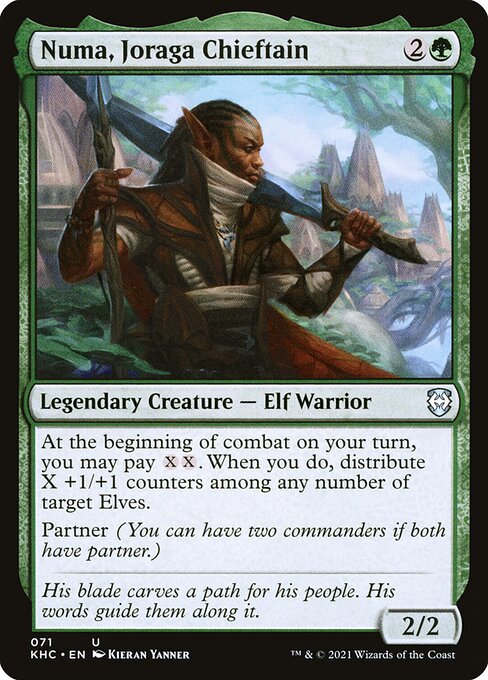













![Commander VS S17E9: Vish Kal VS Vilis VS Skullbriar VS Queen Marchesa [Magic: The Gathering EDH] thumbnail](https://i.ytimg.com/vi/PclCM0FiXKE/sddefault.jpg)
![Commander VS S13E3: Skullbriar vs Niv-Mizzet vs Tuvasa vs Etrata [EDH] thumbnail](https://i.ytimg.com/vi/5EGIlbpfVkE/sddefault.jpg)












![Commander VS: Commander 2019 Decks from MagicFest Las Vegas! [EDH] thumbnail](https://i.ytimg.com/vi/hAnTUfTMWBU/sddefault.jpg)
![Commander VS S16E8: Kadena VS Sevinne VS Ghired VS Anje [EDH] thumbnail](https://i.ytimg.com/vi/L9vIqyIu0dk/sddefault.jpg)












![Saskia Aggro vs. Mono Black Control [Duel Commander-EDH] - Magic: The Gathering thumbnail](https://i.ytimg.com/vi/0MHeOud1aRY/sddefault.jpg)




